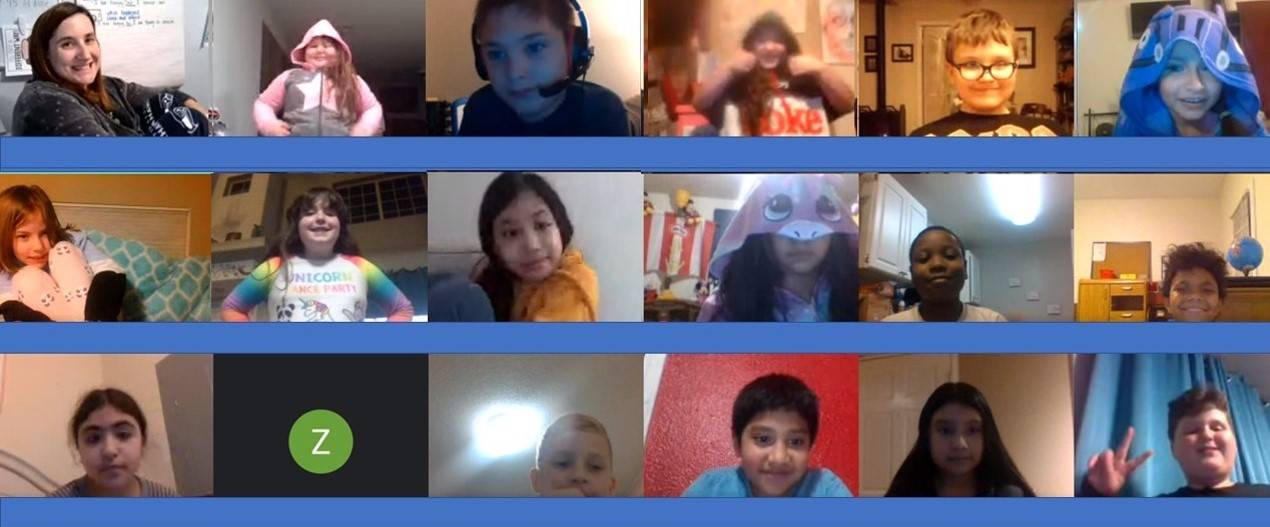The Auburn School District and its teachers have risen to the challenges of COVID-19, such as virtual classrooms, but look forward to the day when things are back to normal.
It appears that first, however, they’ll have to settle for half normal, which is the thing optimistic district officials are preparing and planning to have ready to go next month.
That is, a hybrid program, with kids attending school half of the time and participating online the rest of the time, said Dr. Alan Spicciati, Superintendent of the Auburn School District.
“What we’re learning along with the health department is that schools throughout the country that have reopened in hybrid, using masks, distancing, hand hygiene and improved ventilation, are not driving the spread of the virus, and that seems to be true especially in elementary schools,” said Spicciati. “They occasionally have staff or students infected outside of school, but the rate of transmission inside of schools when mitigation strategies are in place is very, very low.”
To make hybrid learning work, classes will be split in half and students will have to remain at least 6 feet apart, so it first has to design a program with the same number of teachers to accommodate both groups, which is not an easy thing, Spicciati said.
Classes have been online since last March for all students, except for the 200 or so who require some in-person services because of their Individualized Education Programs, or IEPs.
“We’re scheduling for families to have the choice of online or in person, and to accommodate teachers who cannot be back in the buildings until they’ve had a vaccine,” Spicciati said. “We’re finding about 40 percent of our families are choosing to remain online for the rest of the year, and that may be because they have a family member who is immune-compromised, or they’re just not ready to send their child back in the pandemic,” Spicciati said.
Spicciati said the general feeling across the school district is that things are going better this year than they were the end of last year.
That’s because of lessons learned since last spring, when COVID first hit.
“We learned a lot about reaching out to students and families, and the teachers have learned a lot about how to engage students online and we’ve learned great ways to engage families. Every school has made home visits, where we go and stand outside the front door of a residence to connect with families, especially if maybe they are not connecting as well online,” Spicciati said. “Teachers have really become experts at online learning through trial by fire, and when we do return to normal, they’ll have this skill set and be able to use technology to support learning better, even when we’re able to come back to school for real.”
Teachers of subjects that cannot be replicated easily at home, such as chemistry, have gotten highly creative at doing demonstrations, Spicciati said. So, a student may be connected online, but they’re watching the experiment happen on their monitor.
Teachers of career-technical classes have sent home kits for students to do some of the hands-on activities while they’re home.
Weightlifting teachers have designed entire workouts using a backpack full of books.
Some teachers have had students design experiments or construction projects. The students send the plans in and the teacher makes the thing from the plan, and the students are able to see it being made. So even if they can’t do the hands-on part, they’re getting the learning and watching the teacher demonstrate the process.
“While there’s a lot we can do,” Spicciati said, “the fact remains that some things cannot be replicated and that’s been hard on students who really need the hands-on learning experience, and that’s part of why everyone is working so hard to get students back in school as soon as possible. It’s not the same as if they were there in person.”
One critical part of normal student life that’s missing is the social aspect, Spicciati said, which includes everything from band practice to robotics to sports activities to ordinary peer-to-peer and student-to-teacher contact. And as the district realized last spring, that includes proms not happening and graduation ceremonies not happening the normal way.
Troublesome is that some parents are reporting that their kids are having a hard time keeping up their morale in light of all that isn’t.
We’ll here’s a morale booster for kids: it appears that in the ASD at least, the success of the virtual classroom will not spell the end of snow days off.
“I don’t think it will,” Spicciati said. “Snow days are an important part of growing up, and rare enough around here that we would give the kids a chance to get outside. We’ve learned that it’s hard work to do a quality online program, and I don’t think we’ll pivot to online just because the weather’s bad outside.
“I prefer to let kids be kids for a day, and we’ll get ‘em back in when they focus their attention on learning. When the snowflakes are flying, it’s hard to keep their attention,” Spicciati said.
–
(An earlier version of this story has been corrected to reflect that the Auburn School District expects to begin hybrid learning in February of this school year.)


